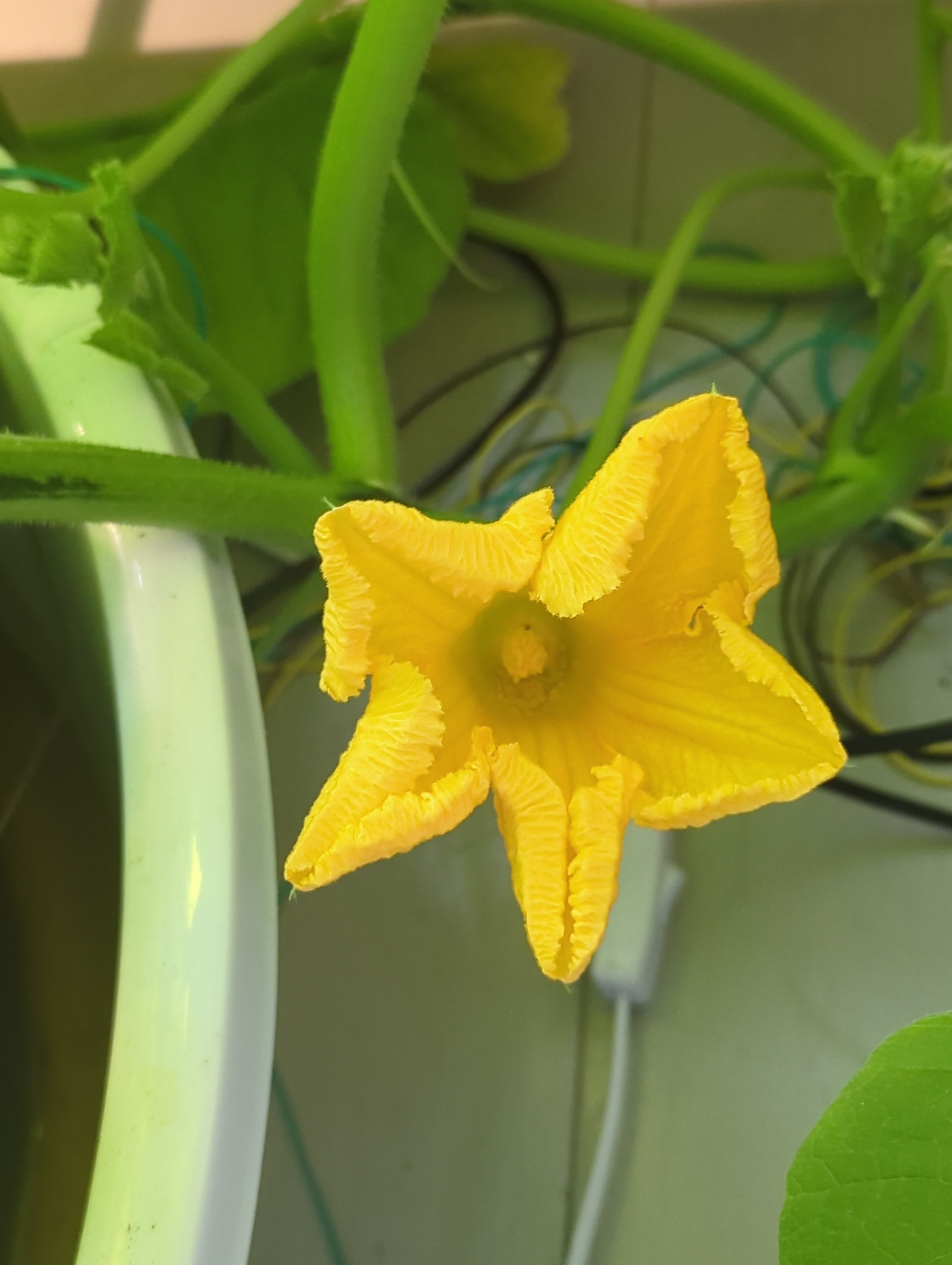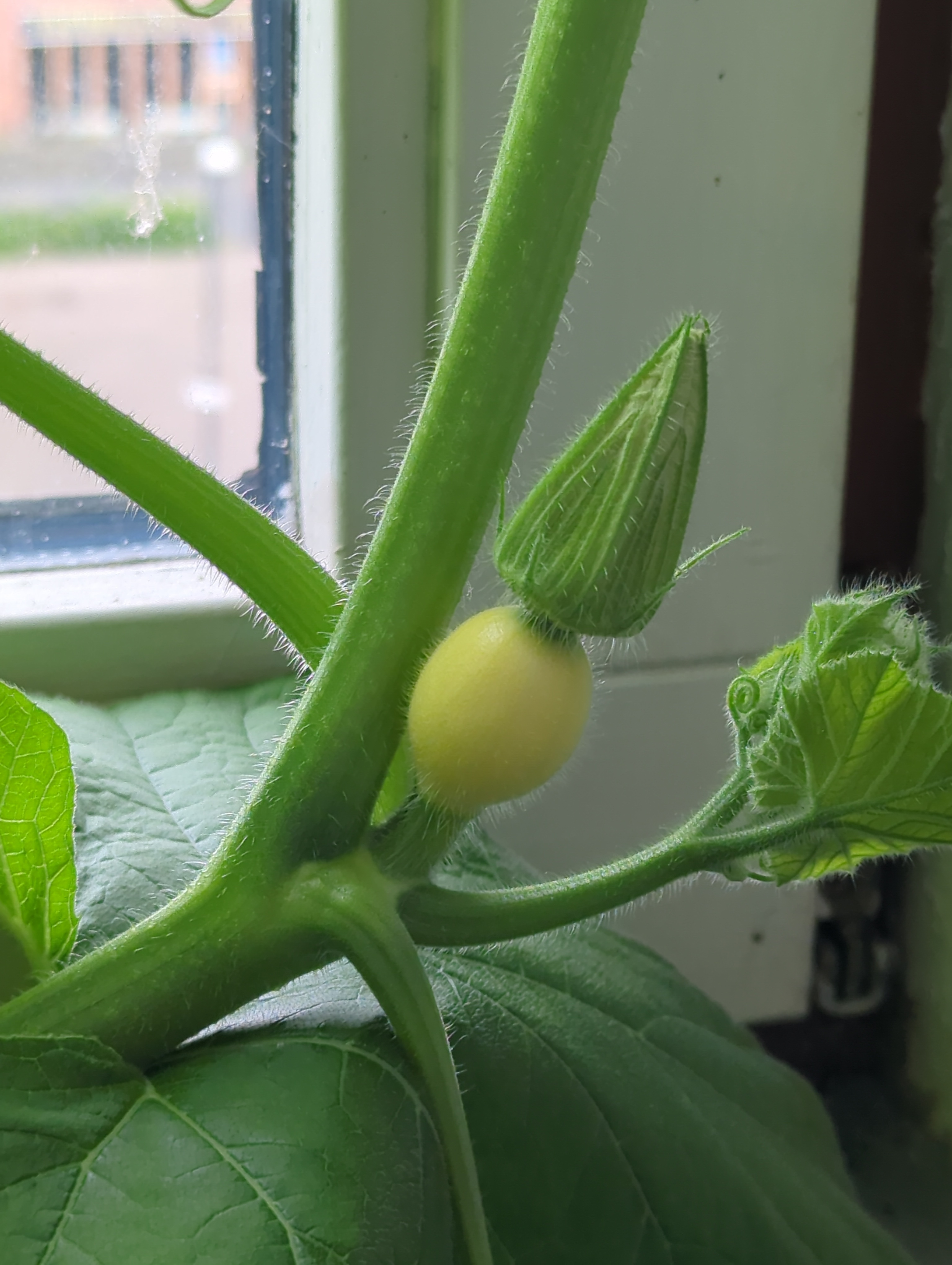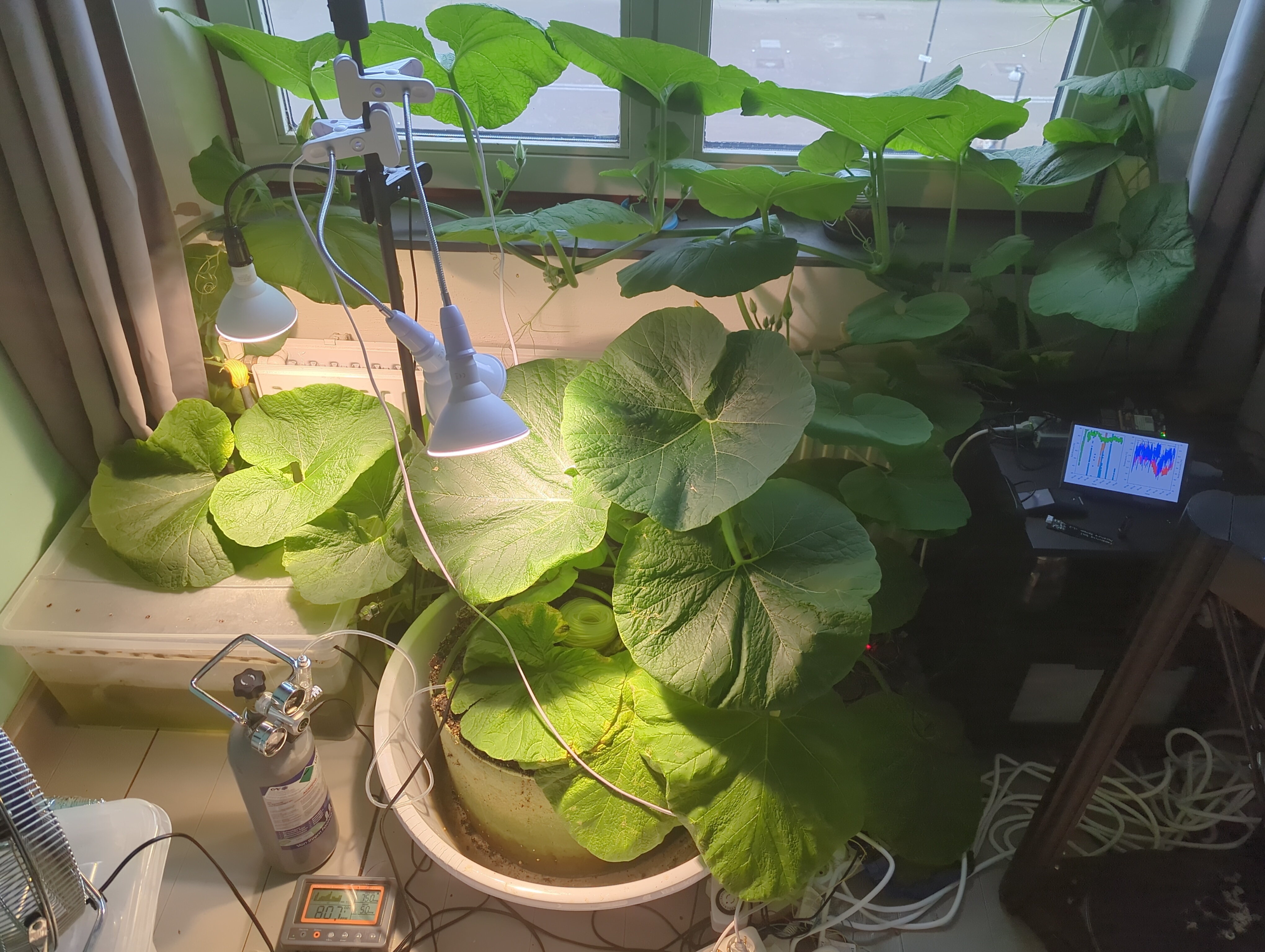Cross-posting to the OpenSource community as I think this topic will also be of interest here.
This is an analysis of how "open" different open source AI systems are. I am also posting the two figures from the paper that summarize this information below.
ABSTRACT
The past year has seen a steep rise in generative AI systems that claim to be open. But how open are they really? The question of what counts as open source in generative AI is poised to take on particular importance in light of the upcoming EU AI Act that regulates open source systems differently, creating an urgent need for practical openness assessment. Here we use an evidence-based framework that distinguishes 14 dimensions of openness, from training datasets to scientific and technical documentation and from licensing to access methods. Surveying over 45 generative AI systems (both text and text-to-image), we find that while the term open source is widely used, many models are ‘open weight’ at best and many providers seek to evade scientific, legal and regulatory scrutiny by withholding information on training and fine-tuning data. We argue that openness in generative AI is necessarily composite (consisting of multiple elements) and gradient (coming in degrees), and point out the risk of relying on single features like access or licensing to declare models open or not. Evidence-based openness assessment can help foster a generative AI landscape in which models can be effectively regulated, model providers can be held accountable, scientists can scrutinise generative AI, and end users can make informed decisions.

Figure 2 (click to enlarge): Openness of 40 text generators described as open, with OpenAI’s ChatGPT (bottom) as closed reference point. Every cell records a three-level openness judgement (✓ open, ∼ partial or ✗ closed). The table is sorted by cumulative openness, where ✓ is 1, ∼ is 0.5 and ✗ is 0 points. RL may refer to RLHF or other forms of fine-tuning aimed at fostering instruction-following behaviour. For the latest updates see: https://opening-up-chatgpt.github.io

Figure 3 (click to enlarge): Overview of 6 text-to-image systems described as open, with OpenAI's DALL-E as a reference point. Every cell records a three-level openness judgement (✓ open, ∼ partial or ✗ closed). The table is sorted by cumulative openness, where ✓ is 1, ∼ is 0.5 and ✗ is 0 points.
There is also a related Nature news article: Not all ‘open source’ AI models are actually open: here’s a ranking
PDF Link: https://dl.acm.org/doi/pdf/10.1145/3630106.3659005






Good news! Just got a reply from them and they have increased the connection limit. They did not specify what the new number is, but hopefully it is high enough to not be an issue for the foreseeable future.
So, if you do run into other similar reports after this comment I would appreciate it if you tag me again.